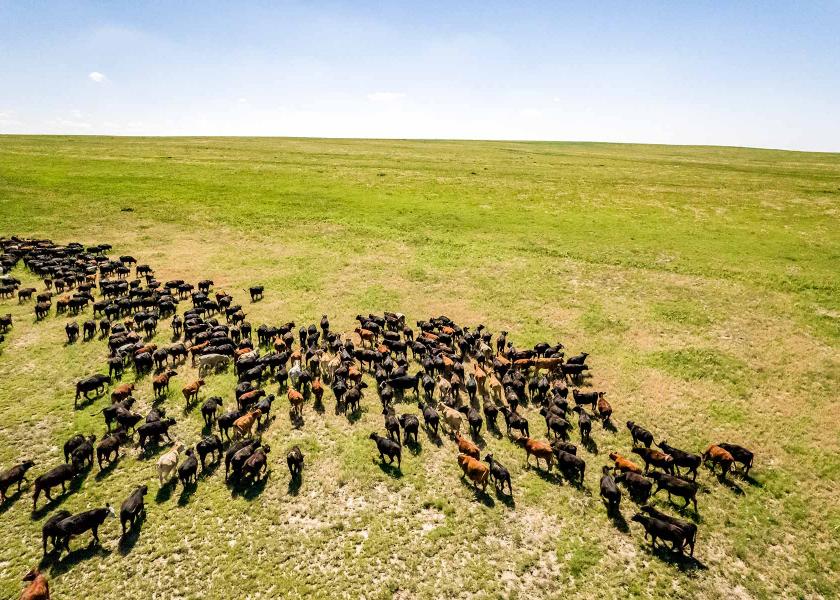Nalivka: Decisions Impacting the Margin Outlook

It’s been no surprise (at least to some) that a definite shift in beef industry margins has occurred over the past two years. Most notably, beef packer/processor margins have deteriorated over the past 2 years from an annual average of nearly $650 per head in 2021 to $20 per head currently. Feedlot margins have declined from those realized over the last 12 months while cow-calf producers may see around $150 per cow this year with further improvement to $175 per cow expected for 2023. So, what does this imply for the financial outlook going forward?
The outlook for the beef industry is largely dependent on the grazing availability, the cost of grain and other inputs, and ultimately, the decisions made by any of the parties comprising the production end of the supply chain. This is the cattle cycle and while there is plenty of debate concerning how it has changed, it really hasn’t. The cycle is largely driven by forage with drought leading to herd liquidation followed by tight cattle numbers and higher prices which in turn triggers herd expansion - if forage supplies are sufficient.
We are nearly to the end of the year and herd liquidation this year will push 2023 slaughter cattle numbers down 6% and the lowest since 2014. Depending upon demand – a critical factor given the state of the economy today and into 2023 - will support an expected 15 – 20% increase in feeder cattle and calf prices (Sterling Marketing – Oct. 4).
So, if the cattle cycle is alive and well, when will higher prices lead to herd building? There are several parts to the answer, but again forage will be the big factor and second, the timing of producer response. That is a big issue with the growing likelihood of a snag in consumer demand next year resulting from sharply higher inflation impacting consumer buying critical to the price analysis. At the same time, record high cost of gain could have a greater impact on feeder cattle prices, regardless of tight feeder cattle supplies. Only time will tell how that plays out.
This brings me to another issue which will play out and this is also one that is tied to cattle numbers – new fed beef plant capacity. My calculated capacity utilization for fed plants has averaged about 88% this year and 89% in 2021. In 2014, fed beef plant utilization averaged 82% with nearly the same capacity as in 2022. Packer margins averaged $3 per head in 2014.
As I indicated, increased competition for cattle and higher prices against a declining cutout have already pressured packer margins - $20 per head. The question is how will margins fair if capacity is increased against falling cattle numbers for the next 2 or 3 years? And more important, who will win that battle – the older plant or the new one? There are many factors to consider, not the least of which who is building the plant, where is it located, and last but not least, marketing. It is pretty safe to say, if those three factors are not well-aligned, someone may not like the outcome!







